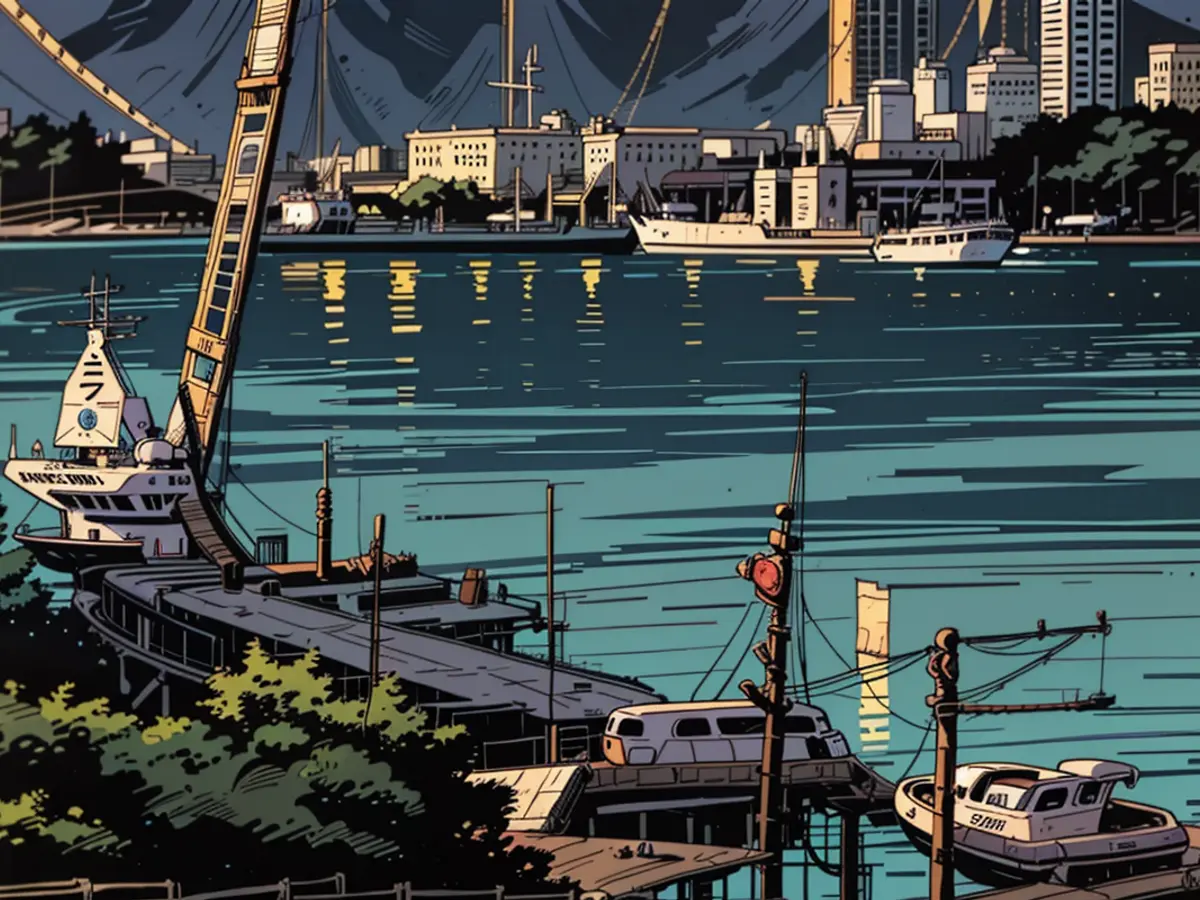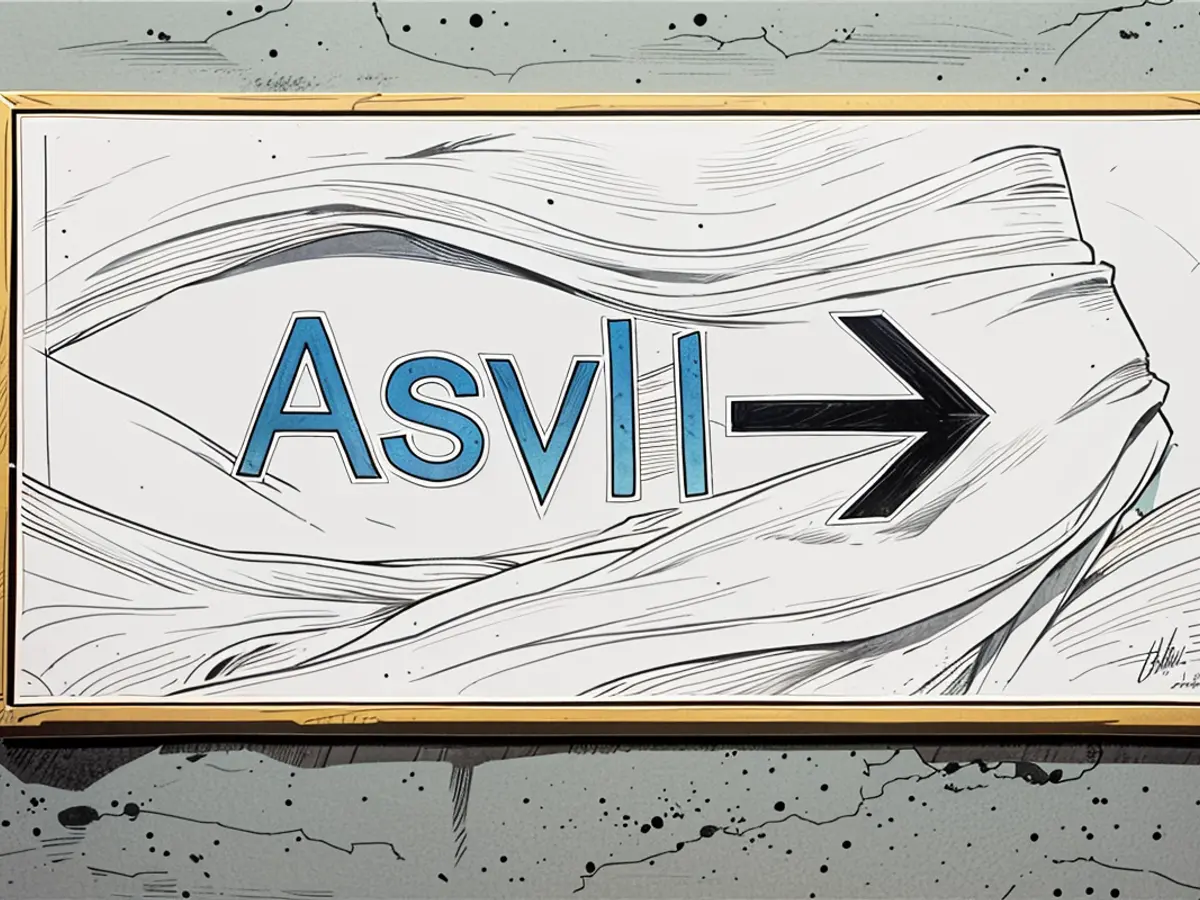- Opinions: nuclear end-use search for at least 43 years longer
The search for a final repository for high-level radioactive waste in Germany could take more than 40 years longer than originally planned, according to a study by the Freiburg-based Öko-Institut. The Deutschlandfunk was the first to report on the paper commissioned by the Federal Office for Nuclear Waste Management (BASE). Under ideal conditions, a site decision could not be expected until as late as 2074, it says.
Ministry: Delay not new
The Federal Ministry of the Environment stated in Berlin that the search for a final repository is a "science-based, transparent, and learning process" aimed at finding the site that ensures the best possible safety for a period of one million years. It has been known for some time that this process cannot be completed by 2031.
In November 2022, the ministry announced that the original timeline of 2031 would not be met. Shortly thereafter, documents from the Federal Company for Repository (BGE) were made public, suggesting that the search could drag on until 2046 or even as late as 2068 in another scenario. A ministry spokeswoman declined to comment on specific timeframes when asked.
The search for a final repository is about finding a deep location for the permanent storage of 27,000 cubic meters of high-level waste (1,750 so-called Castor containers) from more than 60 years of nuclear power in Germany. This amounts to five percent of Germany's radioactive waste, but contains around 99 percent of the total radioactivity of all waste. The waste is currently stored in 16 above-ground intermediate storage facilities in various federal states.
Complex search
The search is complex. No one wants a final repository near them, and a site needs to be found that is safe for a million years. A multi-stage, long-term search process involving the public was therefore established in the Site Selection Act.
BASE assumes that the search starts with a "blank map" that includes all federal states. Factors considered in the search include rock formations and earthquake risk. The law sets a target date of 2031 for a site decision, with the final repository to begin operation by 2050.
The Federal Ministry of the Environment, mentioned in the context of the nuclear waste management process, has acknowledged that the original timeline of 2031 for finding a final repository for high-level radioactive waste is unlikely to be met. The Federal Ministry of the Environment is overseeing a complex search for a deep location, involving various factors and considering all federal states, with the aim of ensuring the best possible safety for a period of one million years.







